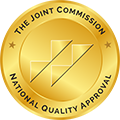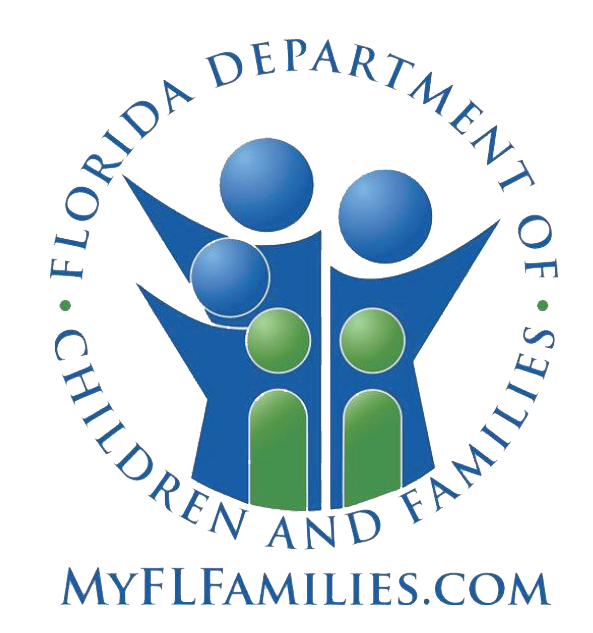What is Molly/Ecstasy/MDMA?
Molly and Ecstasy are very popular club drugs that really hit their stride in the late 90s. Both drugs contain the very potent chemical compound called MDMA, which is a powerful psychoactive drug. It is most often used recreationally to produce feelings of euphoria, empathy, and pleasure. MDMA is normally taken orally and effects usually last 2-6 hours.
What is the difference between Molly, Ecstasy, and MDMA?
When people talk about ecstasy or Molly, they are talking about essentially the same chemical, MDMA or 3, 4-methylenedioxymethamphetamine. By itself, MDMA has properties that may increase a person’s energy, happiness, and trust. On the negative side, the drug can also distort a person’s sense of time or sensory perceptions, like visual, tactile, or auditory stimulation. Although Ecstasy and Molly both contain MDMA as their base, there are indeed differences between the two drugs. The primary difference is that Molly came later in the 2000’s, as a sort of re-branding of ecstasy, because ecstasy developed a reputation as being harmful and impure. Here are some other differences between the two drugs listed below.
Why do people abuse molly and ecstasy despite experiencing negative consequences?
While on ecstasy, users will have increased feelings of stimulation, a desire to be close to those around them, feeling rushes off energy at strange times, and a heightened sense of empathy. These pleasure rushes cause an MDMA user to feel are so intense, when the user is no longer under the influence of the drug that they make normal pleasurable emotions difficult to experience.
Do you withdraw from Molly/Ecstasy?
Once the Ecstasy has worn off, a user may show signs of depression and may be unable to get out of bed for an extended period of time. Anhedonia is a major withdrawal symptom from abusing MDMA. This condition is the inability to experience pleasure from things that would normally bring pleasure. It may take a person weeks, months, or years to again experience normal pleasure after abusing the drug.
Can someone recover from Molly/Ecstasy addiction?
There are many different treatments that are considered effective at treating MDMA related addiction. These include things such as cognitive behavioral treatments and treatments that focus on developing better coping skills that will allow the user to better manage stress and highly emotional situations. To successfully recover from any addiction, all three parts of the disease: mind, body, and spirit, must be treated. Many who have recovered from molly or ecstasy addiction found success with residential men’s inpatient rehab or intensive outpatient drug treatment programs at Serenity Springs Recovery Center in Central Florida.
Molly vs. Ecstasy
MDMA by itself is a white or off-white powder or crystal. Ecstasy is sold in pressed tablets, but Molly is often viewed as more of a “pure” powder, most commonly sold in capsules. Since Ecstasy has a reputation of being cut with more dangerous chemicals, Molly was deemed by many to be purer than the pill form because it hasn’t been cut or altered. However, an article published by CNN found that only 13 percent of Molly seized in New York between 2014 and 2018 was actually MDMA.
Ecstasy is often cut with:
- Methamphetamine (speed)
- Ketamine or Cocaine
- Dextromethorphan (DXM)
- Ephedrine or Caffeine
- 3, 4-Methylenedioxyamphetamine (MDA)
- Para-Methoxyamphetamine (PMA)
Molly is often cut with:
- Synthetic cathinones (i.e. methylone (M1), 4-MEC, MDPV, mephedrone)
- (4-MMC), Pentedrone, and MePP para-Methoxyamphetamine (PMA)
- 3, 4-Methylenedioxyamphetamine (MDA) NBOMe
Can you overdose from Molly/Ecstasy?
Yes, MDMA can increase the chance for heat stroke due to its effects on the hypothalamus, which is an area in the brain that helps regulate body temperature. MDMA also causes water retention and hyponatremia, which can be fatal.
A user may have overdosed if they exhibit symptoms such as:
- Panic attacks
- Faintness
- Hypertension (high blood pressure)
- Seizures
- Loss of consciousness
There can be devastating long term effects, including:
- Depression
- Changes to the brain (serotonergic systems)
- Deterioration of cognitive and psychomotor function
- Sleeping problems
- Increased risk of stroke
What are some negative effects of Molly/Ecstasy use?
The effects of Molly and Ecstasy can vary depending on the chemicals used in a specific capsule or powder, but some common symptoms of those under the influence are listed below.
- Confusion
- Psychosis
- Anxiety
- Irritability
- Perspiration
- Nausea
- Dry mouth
- Thirst
- Chills
- Sweating
- Jaw clenching
- Violent or bizarre behavior
- Difficulty concentrating
- Impaired balance/gait
- Lack of appetite
- Restless legs
- Heavy legs







